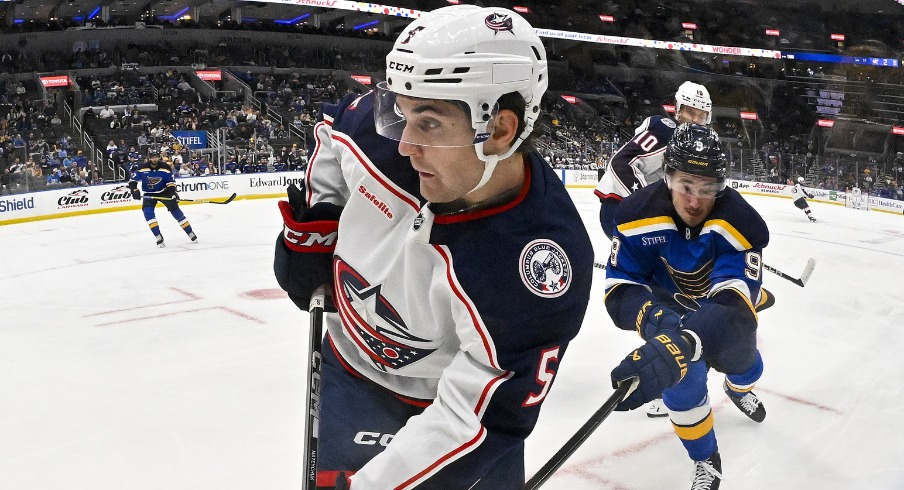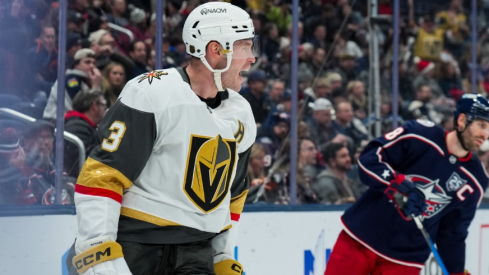Since before training camp started, President of Hockey Operations and General Manager Don Waddell said he would be searching for additional scoring to add to the Columbus Blue Jackets roster.
Then Dmitri Voronkov went down — in a preseason game.
Then Boone Jenner went down — in a preseason practice.
Two top six forwards — who ranked second (Jenner) and fourth (Voronkov) on the team in goals per 60 minutes last season among qualifying players — suddenly out of the lineup for what appears to be a significant amount of time.
It put Waddell (and new head coach Dean Evason) in an even tougher position. The losses of Jenner and Voronkov were a blow to a team that was already going to have trouble scoring, yes, but it also created a "next man up" dilemma.
How do the Blue Jackets fill those gaps in the lineup? Do they panic-buy and trade valuable assets for top-six forward help? That would be an option if the team were ready to compete for a postseason run... but they're not.
Do they rush prospects like James Malatesta into the NHL? The Blue Jackets have had their fair share of prospects who came up too early, either because they played too many minutes too soon or, just the opposite: they got stuck playing bottom-six minutes and had their growth stunted because of it. That's also not the ideal option.
So the club made the best decision they could make: elevate those they felt were ready to produce regularly in the NHL (Mikael Pyyhtia, for example) and look around the league for veterans to fill those roles until either a) the injuries heal or b) the prospects are ready.
In the case of Malatesta (and Luca Del Bel Belluz, and likely Gavin Brindley until he was out with a broken hand), the club rightly decided that what was best for those players was not to see a limited, fourth-line role in Columbus. Instead, having them play in Cleveland and get top-line minutes in the AHL was more important.
So Columbus picked up Kevin Labanc from a tryout contract with the New Jersey Devils and then added Zach Aston-Reese off waivers from the Vegas Golden Knights. In doing so, the Blue Jackets protected their top prospects from being overexposed too soon at the NHL level.
Then there's the decision to send Denton Mateychuk to Cleveland. A tough decision, because it truly looks like he's ready to contribute at the highest level. But again, particularly with defensemen, the jump to the NHL can be a dangerous leap. With eight defenseman on the roster, the risk with keeping Mateychuk on the opening roster was two-fold: would he get enough playing time, and would he be in over his head? The Blue Jackets (albeit, under a different regime) fumbled the David Jiricek progression last season, and the team is still seeing the ramifications of that. No need to risk doing that again. Mateychuk is still just 20 years old.
It's also important to keep in mind that these aren't necessarily long-term decisions.
If, for example, Malatesta comes out guns-a-blazin' with the Monsters, it's safe to say that the Blue Jackets would be more comfortable with a call-up at that point than they would be right now. What will Brindley's status be when he's back in early November from a broken finger? The club really seemed to like what they saw out of both players, so the odds that they see NHL time this season is somewhere between really high and certain.
The same can be said of Mateychuk. He'll immediately gain experience as being the top blueliner with the Monsters, and assuming that he continues to grow as a player, his stay in Cleveland will be very temporary.
Player development with Waddell in Carolina and Evason in Minnesota has a pretty good track record, so even though these moves may not have been the exciting decisions, there's no reason to believe they weren't the right decisions.

